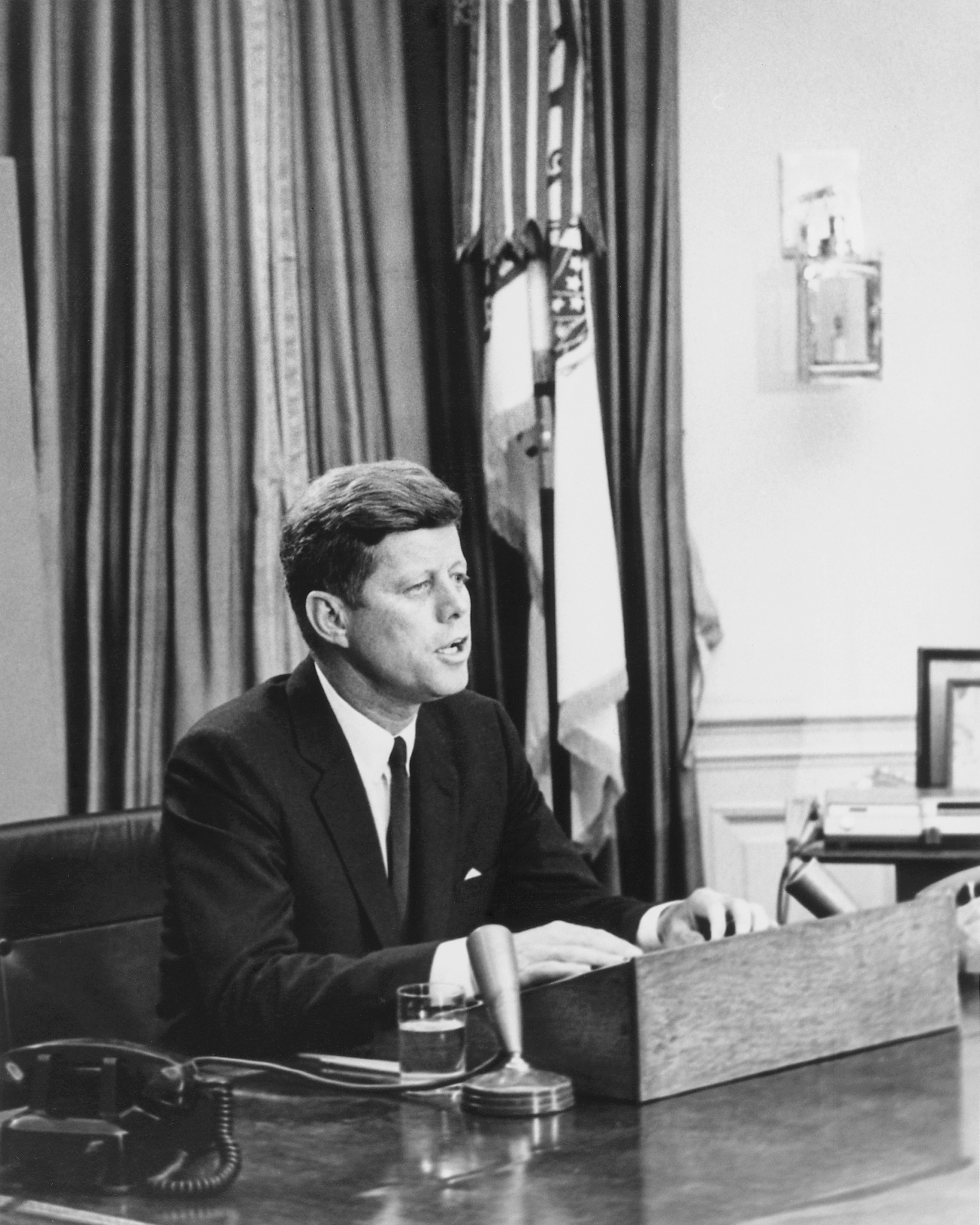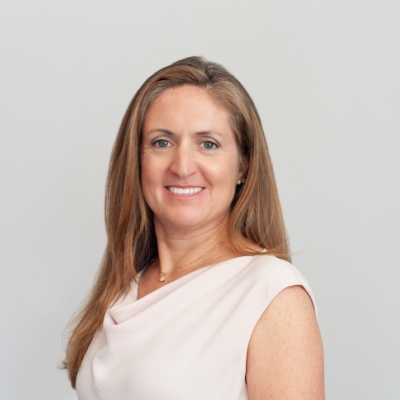In 1972, Yale sociologist Irving Janis coined the term “groupthink.” It was a way of describing the group dynamics that occasionally lead smart, thoughtful, and well-intentioned people to make catastrophically bad decisions. What I have often wondered is, what would Janis make of the decisions being made by today’s education reform leaders?
 Does education reform, like JFK's White House, suffer from groupthink? Photo from Wikimedia Commons. |
Janis, who passed away in 1990, focused much of his research on the meetings and conversations that preceded several key presidential decisions, including those that led President Kennedy and the best and brightest “whiz kids” he brought into his administration to move forward with the Bay of Pigs invasion—an American-supported attempt to overthrow Fidel Castro in Cuba that was, by all accounts, a spectacular failure. In the end, Janis concluded that Kennedy’s biggest failure was not the final decision, but rather the process he and his advisors followed to get there. Most importantly, he felt that they failed to have open, critical conversations that might have pushed them to rethink their assumptions, and that individuals within the group failed to either voice their own concerns, because they felt there was already consensus, or listen to objections that would have helped them reshape the invasion plan.
Of course, education isn’t warfare and ed reform doesn’t lack for critics. But there is a lot we could learn from Janis’ insights.
While there are plenty of people pushing back on some of the most popular reforms, because the loudest voices tend to focus on loopy dangers—warning, for instance, that the entire reform movement is a grand, right-wing, hedge fund-fueled conspiracy to “privatize public education”—the reform community tends to tune critics out. As a result, the real danger is not that reformers are puppets of some fictitious “billionaire boys club,” but rather that the fights over education policy have become so acerbic and polarized that leaders on all sides feel that, in order to make any progress, they need surround themselves with (and listen only to) “true believers” who share their goals and beliefs. The danger is in the failure to seek out the counsel of critics who are more likely to see—or point out—holes in our reform plans.
The reality is that, even in the best circumstances, debates over education reform and policy (on all sides) are perfectly positioned to support groupthink. Look to nearly any education debate these days—whether on Twitter, at conferences, or in statehouses—and you’ll witness some of classic signs of groupthink at work:
- a feeling of moral superiority among group members;
- collective rationalization, where members discount warnings or fail to rethink assumptions;
- overly negative and stereotypical views of the groups “enemies”
- and censorship of dissenting opinion—either via self-censorship or direct pressure put on those who disagree.
Making matters worse, reform leaders aren’t firebrand upstarts but major public figures in charge of vast public institutions. In stark contrast to the scrappy movement of the 1990s, today’s reform leaders hold key positions of power and have won sweeping policy victories—from setting rigorous standards to holding schools accountable to increasing educational options, particularly for poor and minority parents in urban areas. But the shift from advocacy to analysis and implementation has been a rocky one, and it’s possible that we are already seeing some evidence of groupthink at work in our decision making. What, for example, would Janis make of the push to force through teacher evaluation systems in statehouses across the country over the past two years?
In 2010, in a rush to win out in the Race to the Top competition, policymakers across the country pushed to pass teacher evaluation reform. At the core of most of these efforts was the belief that a strong statewide teacher evaluation plan would include a requirement that 51 percent of a teacher’s evaluation be based on student achievement.
Why 51 percent? No one really knew. Did such a rigid formula contradict what successful principals were telling us about how they made staffing decisions? Were the assessments being used valid and reliable measures of student learning? Were they aligned to the curriculum teachers were using? Were the results from those assessments valid at the classroom level? And how were state teacher evaluation-reform mandates going to interact with other statewide reform efforts, like the decision to adopt the Common Core and transition to the related assessments?
These were questions that too few leaders seemed to really grapple with. If the unions or the most vocal anti-reformers were against it, it must be a good idea.
Worse, perhaps because discussions over teacher evaluation reform included mostly those who generally supported the plans, state-level discussion seemed more focused on incidental matters like the precise percentage of a teacher’s evaluation student achievement should play. Don’t like 51 percent? Let’s compromise on 35 percent and call it a day.
It doesn’t have to be this way. And there are states that are thoughtfully phasing in new policies or piloting plans and earnestly soliciting feedback before they are mandated statewide. If reform leaders want to get this right, that’s exactly what needs to happen.
Of course, leaders are right to stand tall and stick to core reform principles, but we also need to get serious about seeking thoughtful—even if not always friendly—critics who will challenge our assumptions and help reveal the most damaging holes in our plans. Most of all, we should be slowing down the decision-making process to make sure we are making the right decisions for our students and teachers before writing our ideas into law. Time is of the essence, but moving quickly at the expense of smart decisions and effective policies is worse than doing nothing at all.
